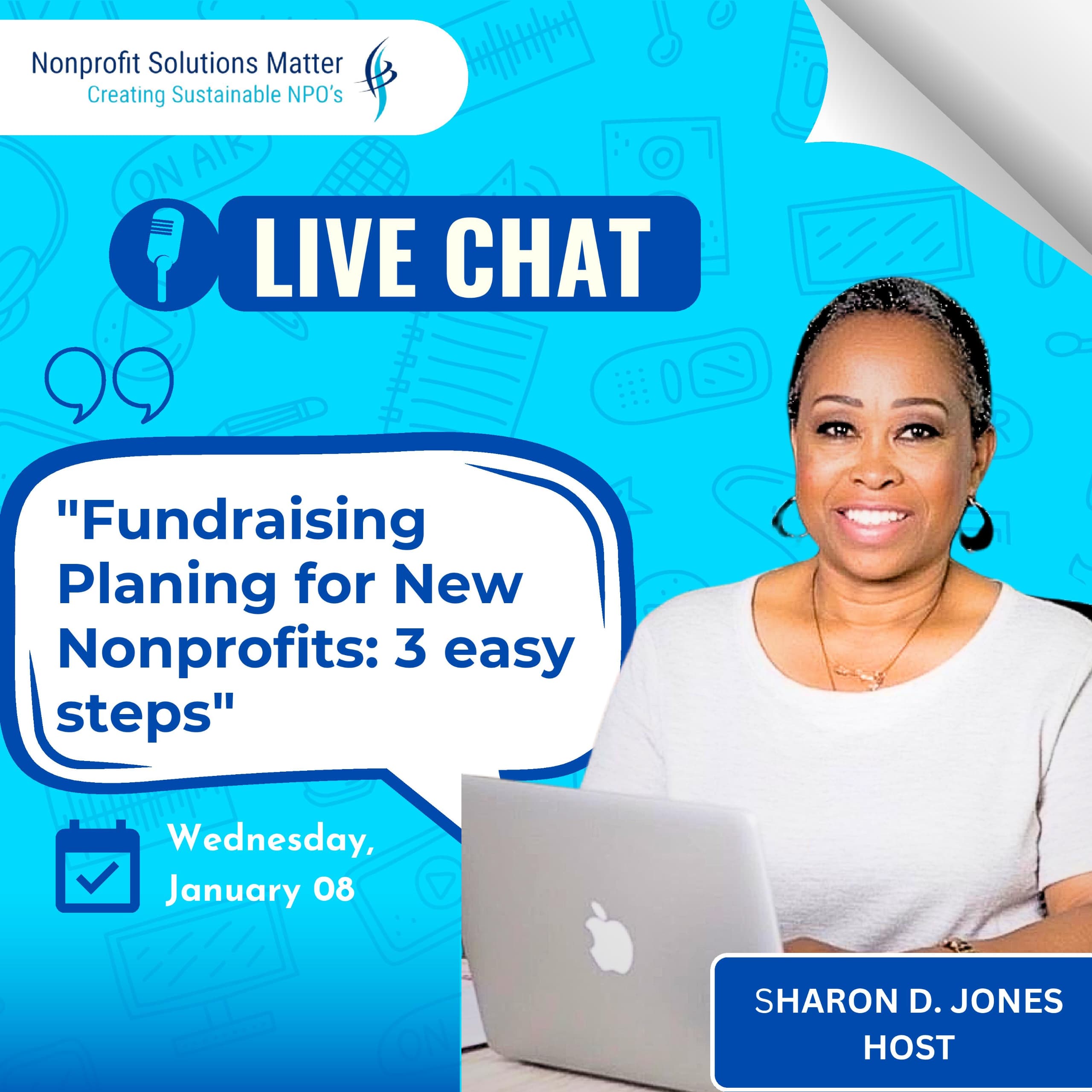Develop a Corporate Funding Goal That Attracts
Creating a corporate fundraising goal is essential to any organization's success in attracting corporate sponsors and motivating its team. Surprisingly, many teams overlook the importance of establishing this goal before starting outreach efforts. In this guide, we’ll break down the key steps to develop a corporate funding goal that not only appeals to potential funders but also unites your team around a shared mission.
Why a Corporate Funding Goal Matters
Your corporate funding goal is more than just a number. It serves two key purposes:
Attract Corporate Funders: A clear, well-thought-out funding goal helps potential funders understand the scale of your project and how they can contribute.
Unite Your Team: A shared goal motivates your team, providing direction and purpose. It ensures that everyone is aligned and working towards the same target, making the entire fundraising process more effective.
When we help organizations develop their corporate funding strategies, the first step is always to define their corporate funding goal. This goal becomes the foundation for all further planning and outreach efforts.
Steps to Develop a Strategic Corporate Funding Goal
1. Define Your Target Amount
Start by determining how much money your organization needs to raise. This figure will depend on your overall budget and specific needs from corporate sponsors. For instance, if your organization’s budget for the year is $2 million, and you’ve already secured some funding, your corporate funding goal might be $1 million.
Be realistic about your target and ensure it aligns with your overall organizational goals. This clarity will make your outreach more targeted and effective.
2. Include In-Kind Donations
Corporate funding isn’t always about money. Many organizations also rely on in-kind donations such as equipment, services, or materials. When setting your goal, consider what non-monetary contributions could be valuable to your mission. For example, if you’re working with underprivileged children, you might seek donations of sports equipment or uniforms.
Including these in-kind contributions in your fundraising goal can expand the pool of potential partners, as some businesses may prefer to contribute goods or services instead of cash.
3. Set a Timeline
A clear deadline is crucial. If you're aiming to raise $2 million by the end of the year, establish that deadline clearly. A set timeline keeps your team focused and ensures urgency, both for your team and potential funders.
4. Highlight the Impact
It’s not enough to say how much money you need—you need to explain why. Potential corporate funders want to know what their contribution will achieve. Outline the specific impact your organization plans to make with the funds. For example, "We are raising $1 million to provide sportswear and opportunities for underprivileged children in Houston, helping them build confidence and skills through athletics."
This impact-driven messaging is key to attracting corporate funders who are looking to align their brand with meaningful causes.
5. Offer Value to Corporate Partners
Corporate partnerships are a two-way street. In addition to receiving funding or resources, think about what you can offer in return. It might be brand visibility, association with a positive cause, or even specific benefits like employee engagement opportunities or media exposure. For example, you might offer corporate funders the chance to showcase their logo at events, gain media coverage, or highlight their commitment to social responsibility through your initiative.
While you don’t need to list every possible benefit in your funding goal statement, it’s important to emphasize that the partnership is mutually beneficial. This makes it easier for corporate sponsors to see the value in supporting your organization.
Using AI to Refine Your Fundraising Goal
Once you’ve outlined the core components of your corporate funding goal, you can use tools like AI to refine your message. AI platforms such as ChatGPT or Gemini can help you craft a compelling elevator pitch that resonates with corporate funders and motivates your team.
Here’s how you can leverage AI to improve your fundraising pitch:
Input Your Data: Provide the AI with the key details of your corporate funding goal—how much money you need, any in-kind donations, the timeline, the impact, and the benefits for corporate partners.
Ask for a Draft: Request the AI to generate an elevator pitch or funding goal statement based on the information provided. For example, you might ask it to write a pitch that’s captivating for potential funders while keeping your team engaged.
Review and Refine: Once the AI generates a response, you can review it to see what resonates with your organization’s mission. You can request multiple variations to find the perfect phrasing that aligns with your values and goals.
Here’s an example of what an AI-generated fundraising goal statement might look like:
"We are on a mission to raise $1 million by December 25th to empower underprivileged children across Houston through sports. Our initiative will provide them with the sportswear and opportunities they need to build a future in athletics, fostering discipline, confidence, and success. By partnering with us, your brand will not only transform young lives but also gain valuable visibility within the Houston community, demonstrating your commitment to youth empowerment."
This AI-generated content can serve as a foundation for your outreach, but you’ll still want to tweak it to ensure it reflects your organization’s voice and mission.
Bringing It All Together: Creating a Motivated Team and Attracting Funders
A well-defined corporate funding goal does more than just attract corporate sponsors—it rallies your team around a shared mission. With a clear target, timeline, and impact statement, your team will be energized and motivated to achieve success. Every member of your organization will understand the purpose behind their work and be driven by the tangible goal you’ve set.
Similarly, potential corporate funders are far more likely to engage with your organization when your goals are specific, impactful, and mutually beneficial. The right corporate funding goal acts as a magnet, drawing in partners who see both the value of your mission and the benefit of being associated with your cause.
Final Thoughts
Developing a corporate fundraising goal is a strategic process that requires careful thought and planning. By following the steps outlined above—defining your target amount, incorporating in-kind donations, setting a clear timeline, highlighting the impact, and offering value to corporate partners—you’ll create a compelling goal that attracts corporate funders and motivates your team.
Remember, corporate fundraising is an ongoing process, and the more strategic and thoughtful your approach, the better your chances of success. By leveraging tools like AI and maintaining a focus on both your internal team and external funders, your organization will be well-positioned to meet its fundraising goals.
Stay tuned for the next session, where we’ll discuss how to identify your target audience and create a prospect list of the brands you should be reaching out to for corporate funding. Until then, take action by developing a clear corporate funding goal that can take your nonprofit to new heights!
Rooney Akpesiri, VP, Client Services, Nonprofit Solutions Matter























































